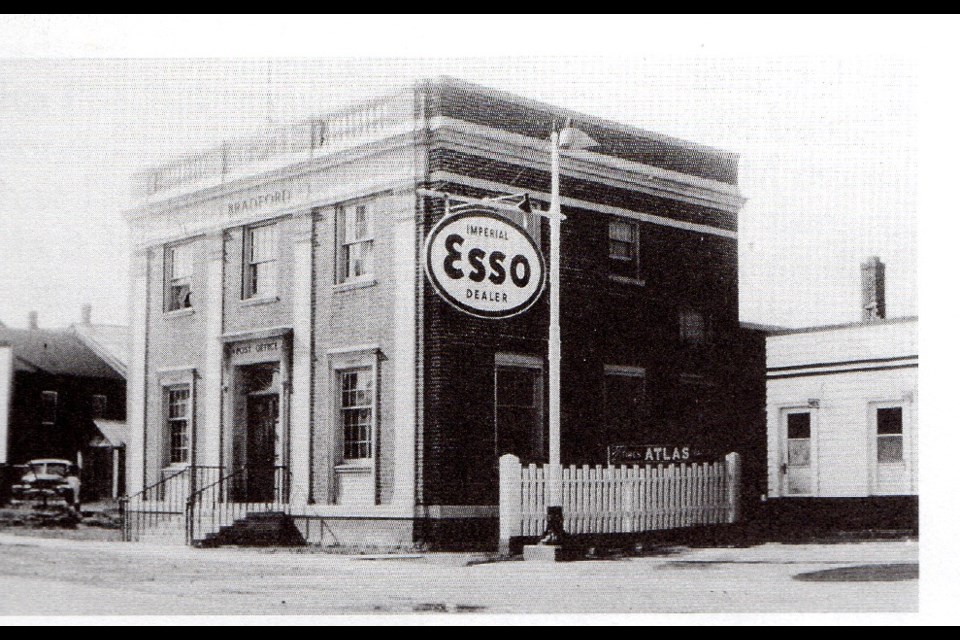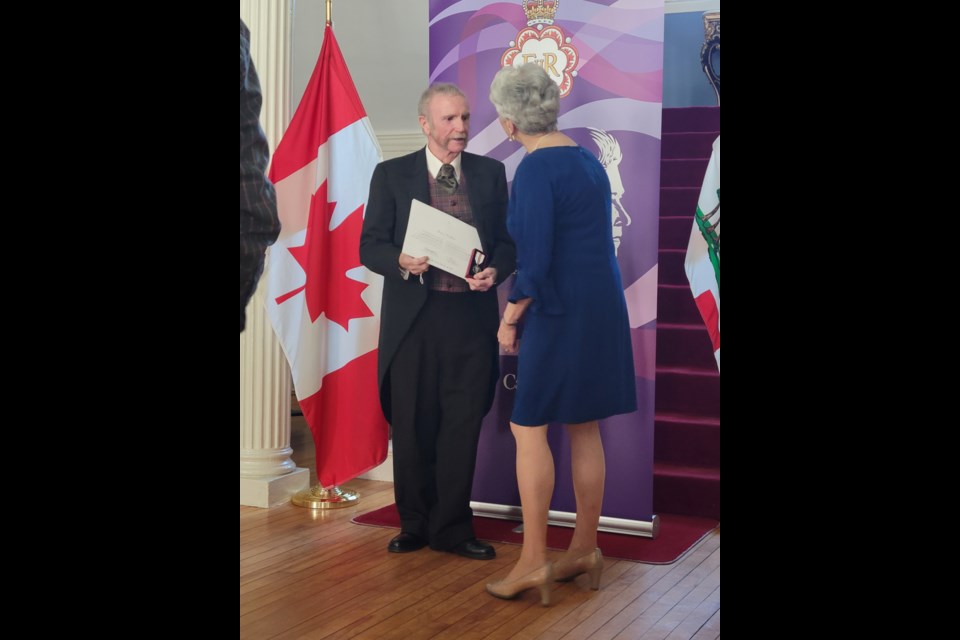PEOPLE with memories of working in the Bradford district’s mills from the 1970s onwards are being asked to contribute to a major new project.
Bradford West Gwillimbury no stranger to tragedies, from fires to hurricanes, ‘but this town looks after each other in times of disasters,’ says columnist
Postcard Memories is a series of historic views, stories, and photos of Bradford and the area, a trip down memory lane on a Saturday morning.
Here are a few tidbits of information to young, old and newcomers of Bradford West Gwillimbury: Bradford has always boasted that it is 10 years older than Confederation.
Also it claims to be the heart of Canada’s vegetable industry.
Before the Holland Marsh was drained, a project over seen by Professor Day, the men used to cut marsh hay with horse and equipment.
B.B. Collings harvested, dried, curled and shipped the grass for mattress-making and -packing purposes.
In the late 19th century, Collings went to Toronto and learned mattress-making, upholstering and undertaking. A man of many talents!
He opened his own business and employed up to five men in the industry.
The drainage system around the marsh has two purposes: it drains and it irrigates. Huge pumps, which control the water levels, pump the water from the canal and ditches in periods of heavy rains and irrigate the marsh in times of drought.
The first crop on the drained marsh was grown in 1927z

A group of Dutchmen and families came to the marsh in autumn 1934 to become the first year-round settlers in the area.
John Snor, representative of the Netherlands Immigration Foundation, was instrumental in arranging for this settlement and naming it. Ansnorveld means ‘on Snor land.’
His daughter gave me a piece of furniture years ago, which I still have. In 1934, the first Christian Reform Church was built by the newcomers. The first school house for the new settlers was built in 1935.
Once the marsh was in use for growing vegetables, the farmers needed a way to wash and package and sell the produce, so a cold storage building was needed.
In 1946, the Bradford Co-operative storage was built at the bottom of Bradford, on the north side of road along the rail tracks. That same year, Holland River Gardens was built ready for the harvest season.
The road (Highway 88) from Bradford to Bond Head was once a plank road. There was a mill on Scanlon Creek, west of what was then known as the Penetanguishene Road (Yonge Street or Highway 11). It was owned by two brothers, Robert and John Wood.
With a saw powered by the water, they cut 33-inch pine planks that were used to build the road that was used from 1851 to 1858.
The first stage coach from Bradford to Bond Head was driven by a man named Jim McDermont for Sam Manning. He owned a hotel in Bond Head, on the southeast corner.
In the winter, the stage was a sleigh with a box on top and, from reports of the day, there was a small stove inside to keep the travellers warm.

The first three telephones in Bradford were hooked up for Gibson Cook, Mark Scanlon and Samuel Lukes.
Gibson Cook’s ran from his store to his house. The store was on the south side of the main street, two doors west of the old Queen’s Hotel. The house was north of Holland Street, up from what is now Moore Street, and south of Joseph Street. The approximate year was 1871.
The second phone to be installed was for Mark Scanlon. His law office was east of the four corners on the south side. The line ran to his home, known as The Pines, the stately old mansion at the top of Church Street. It is now owned by Dan Kuzmyk and Dr. Susan Kuzmyk.
Scanlon had a fine greenhouse to grow all sorts of things. He also had a gas house built to manufacture gas, which was piped into his house.
The third man was Samuel Lukes. His wire ran from the grist mill — where the little plaza is located, just west of the plaza, where Nancy’s Nifty Nook is today — to either his home or the office building erected by several grain buyers. Samuel Lukes ended up owning The Convent built by John MacLean Stevenson in 1876. Watch this movie to learn more.
It was also said that Sam Lukes had the first automobile in Bradford.
In December 1938, the company T. Kilkenny and Son celebrated 100 years in business. Their business was funerals and furniture. Their establishment for many years was on the northwest corner of Holland Street and Moore Street.
In the early days, the hearse was always drawn by a team of black horses and the hearse had black plumes on top or while plumes if the funeral was for a young person.
The T. Kilkenny and Son advertisement in the local paper was always headed by a picture of the hearse with driver wearing a high hat, around which, and hanging down at the back, was a band of crepe.

Upstairs in that building was a furniture shop. Many fine pieces of furniture was made by this company and some still exists passed down from generation to generation.
The first cement sidewalk to be laid on north side of Holland Street in Bradford was done by Lou Neilly and Gavin Allen of Churchill in 1906.
The contract for the nursing home at the Loblaw Hospital in Alliston was awarded to Art (Artie) Saint and Lou Neilly of Bradford. These boys built many structures in the area around Bradford.
There was also a carriage factory in Bradford and, when my Grandmother Bell was pregnant with my mother Lylia (Bell) Culbert (1923-2022), they bought a wicker carriage. We still have the carriage, which has gone through four generations. The late William (Bill) Fuller said he probably had a hand in making the carriage.
There was also a mattress factory in town in the same era.
Bradford has had more fires than a lot of small villages of the 1800s. The worst fire was in 1871, when both sides of the main street were left as smouldering wood and ash.
The fire originated in Edmanson’s bake house and fanned by a west wind it travelled eastbound now on both sides of Holland Street. It was finally stopped at the town hall. There were 130 homes and businesses lost that day. Many residences lost both home and business leaving Bradford without a grocery store or places to buy clothing. New builds were usually made with bricks rather than wooden structures.
In the winter of 1892, the old high school was burned to ground. The greatest drawback in fighting these fires was lack of water and when it ran out the firefighters where helpless.
Then another terrible disaster the same year was when the shed in the Bingham House yard caught fire.
In the loft of the shed was a lot of straw used to stuff horse collars. In the yard were many sheds and stables and the fire spread quickly. There were many stores and office that were reduced to ash that day and the fire stopped where the Mexican Restaurant is now, east of the Simcoe Street/Holland Street corner.

Leave a Reply